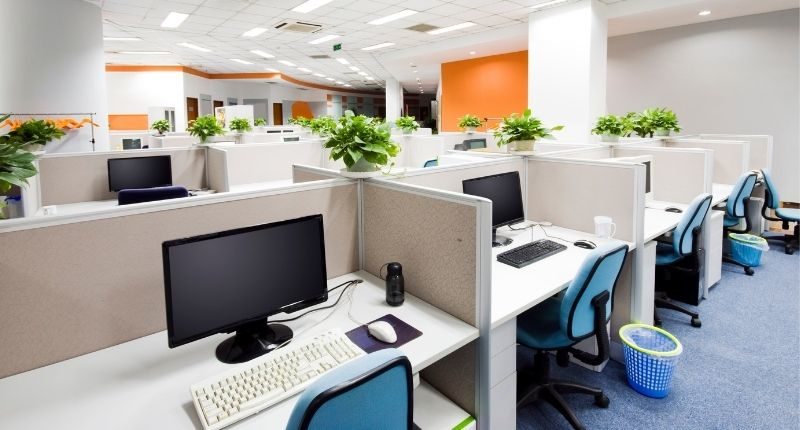- Office capacity rose 249% on Freedom Day compared to week prior, as 84% indicated preference for hybrid work model
- Businesses adapting for hybrid future by reassessing office locations, demand for regional and suburban offices soaring
- Social interaction, mental health and productivity benefits prevail, retaining value of the office
The hybrid work model seems it is here to stay in New South Wales, despite major easing of restrictions in October, dubbed Freedom Day.
New data by YouGov, commissioned by flexible workspace provider IWG, indicates workers are likely to continue embracing non-traditional work arrangements as the city emerges from the pandemic.
Strong preference for hybrid over remote work
The hybrid working model consists of a combination of working from home and in traditional office spaces, whether that be in a company-provided office or flexible working spaces.
IWG revealed that the number of employees making the trip into the office on Freedom Day, Monday 11 October, rose by 249% compared to the week prior.
Regus, IWG’s branch of private office spaces, span 24 locations across Sydney where members can take advantage of a fully serviced and productive office environment.
Across all IWG office spaces in New South Wales, in-office worker volumes calculated by Wi-Fi logins showed similar promise with a rise of 217% on Freedom Day as compared to the Monday prior.
Surveys conducted of workers with an option to work flexibly demonstrated workers still appreciate the traditional office environment, resisting the growing notion that Australia’s workforce will face a remote overhaul post-pandemic.
Only 16% of respondents indicated a preference for solely remote work, while office spaces continue to prevail with 31% preferring all work to be done in an office.
However, overwhelming support for hybrid models was displayed, with an astounding 84% preferring to spend at least one day in the office.
Businesses adapt to flexible models
Damien Sheehan, IWG Country Head Australia, said businesses are learning to adapt to the new world by adopting more flexible models, and prioritising office locality to employees’ homes.
“Businesses of all sizes are increasingly committed to offering hybrid working for the long-term, providing their staff with greater flexibility in how and where they work.”
Damien Sheehan, IWG Country Head Australia
Businesses are turning to reassess their office footprints, as well as seeking to achieve a balance between central, suburban and regional locations.
Unsurprisingly, office demand has surged across suburban and regional areas, prompted by mass regional migration as people able to work remotely escape the hustle and bustle.
NSW’s coastal haven of Wollongong saw a tremendous 1084% increase in office demand. Liverpool and Bankstown are also areas of interest, rising 277% and 307% respectively.
Businesses of all size are eager to adopt the hybrid model, recognising the value of investment in employees and business expansion over physical locations in these modern times.
Social and emotional office benefits prevail
The traditional office model has not yet been thrown out the window, with nine out of ten workers agreeing they enjoy working in the office.
63% cited the social interaction and collaboration opportunities found in an office as a factor, while 55% cited the buzz and energy from working with others.
The hybrid model allows employees to achieve a better work/life balance while retaining the collaborative and social benefits of an office environment.”
Damien Sheehan, IWG Country Head Australia
Mental health and well-being benefits are also a major drawcard, with 60% agreeing the office environment feels more connected, safe and supportive than working remotely.
One in two workers surveyed also agreed that the office fosters a more productive environment.
While businesses are investing time into improving remote work technologies to remain fully operational when restrictions are tight, it seems office spaces are here to stay due to popular demand, albeit evolving.
“While the past 18 months has shown that businesses can largely operate effectively remotely, many are planning for a hybrid future which means having a footprint in both central and suburban locations, as well as provisioning for staff to work from home,” Mr Sheehan concluded.








